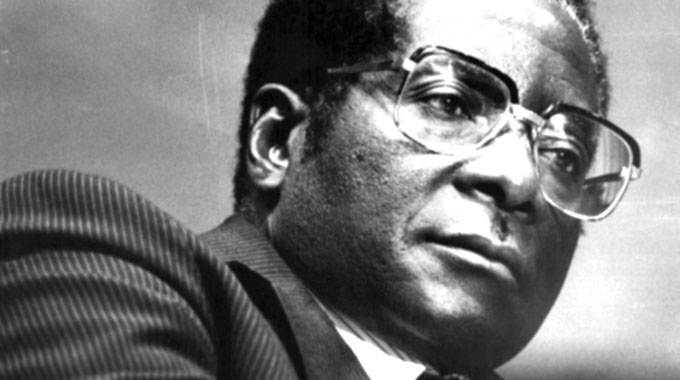New UK park for Shona sculpture to increase sales
The Herald, 17 September 1992
BRITAIN’S most prestigious school is to help boost sales of Shona art. A sculpture park is to be opened next month on a two hectare island site provided by Eton College.
A local dealer Mr Nicholas Bayldon-Pritchard is to stock the park with purchases he plans to make in Zimbabwe next month.
“I expect to spend up to 60 000 pounds ($550 000),” he said. All items will be for sale, the proceeds being used to buy more stock. The aim is to have between 40 and 60 pieces on display at any one time.
Mr Bayldon-Pritchard is an expert in Shona art, an interest which dates from his early years in Zimbabwe.
His mother and maternal grandfather were born in Zimbabwe.
The Eton Shona Sculpture Park will be the second in Britain. The first was opened in 1990 by Vice President Joshua Nkomo at Bretton Hall, West Yorkshire.
Mr Bayldon-Pritchard wants to buy a comprehensive range of stone carvings by Nicholas Mukomberanwa, Henry Munyaradzi and Damian Manuhwa, and by less well known artists.
Shona art work has long enjoyed a strong following overseas. Many international museums display them and private collectors include Queen Elizabeth II, Prince Charles, Queen Sofia of Spain and the Rothschild and Rockefeller families.
Mr Bayldon-Pritchard believes that astronomical prices paid by the top collectors often well over 60 000 pounds are not always in the artists’ best interests.
LESSONS FOR TODAY
It is not surprising that the UK’s most prestigious school wanted to have a collection of Zimbabwean stone sculpture, considering that the Queen Mother officially opened the National Gallery of Zimbabwe (formerly Rhodes National Gallery) in 1957.
Zimbabwe stone sculpture is one of the biggest art forms to emerge from Africa and the country has many talented artists whose works are found on all corners of the world in public and private collections.
According to artistic records, Joram Mariga (1927-2000) is believed to be the “Father of Zimbabwean modern sculpture” due to his influence on the local artistic community dating back to the 1950s.
It is a misnomer that stone sculpture has continued to be called “Shona sculpture”, because not all sculptors are of Shona ethnic origin.
As the name Zimbabwe means great house of stone, so stone sculpture is the art that represents the people of Zimbabwe.









Comments